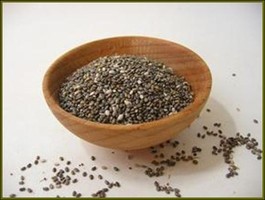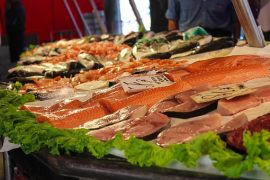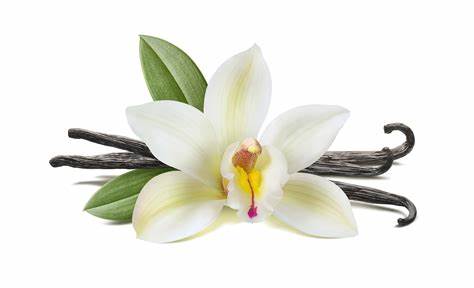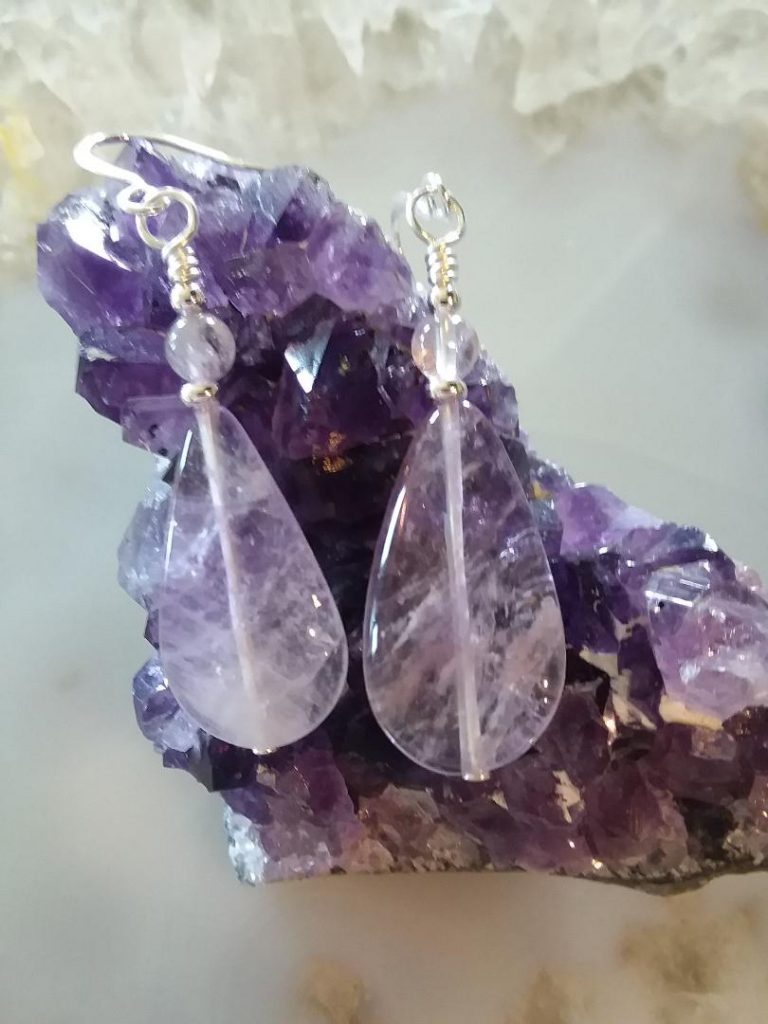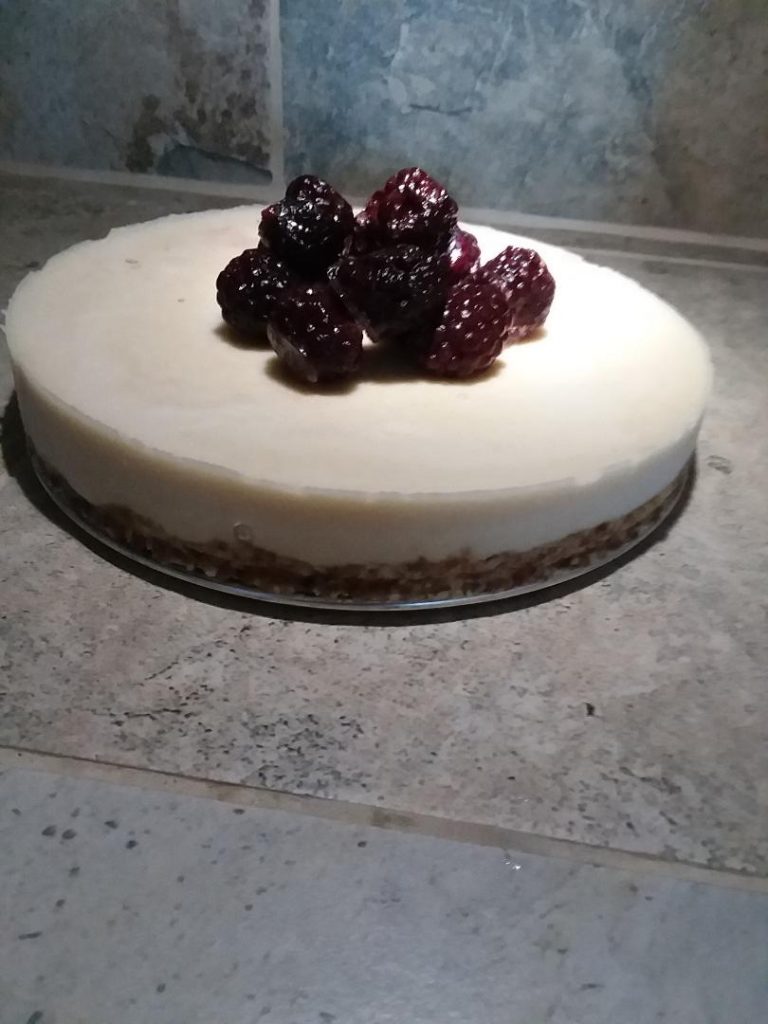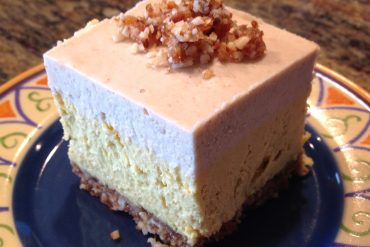The chia seed comes from a flowering plant that belongs to the mint family. The scientific name is Salvia hispanica. It is an annual herb that grows over three feet tall and produces beautiful clusters of purple or white flowers. Chia is native to central and southern Mexico and Guatemala. It was cultivated by the Aztecs and Mayans in the pre Columbian era. Chia was a staple food of ancient cultures, ranked with maize and beans, and was more popular than amaranth.
Many of us are beginning to understand the importance of “good” fats in our diet. The ALA (alpha linolenic fatty acid) that is in chia seeds are the only known essential omega-3 fatty acid that the body can’t produce. Omega 3 is found in foods such as chia seed, flax seed, flax oil, olive oil, walnuts, fish, kale, spinach, cauliflower and broccoli to name a few.
Many people know that flax seed is a good source of Omega 3 fatty acids and will be happy to know that they have another available source in the chia seed. This tiny seed has many advantages over the flax, it doesn’t need to be ground to access the nutrients and the seeds can be stored for long periods of time without deteriorating. Chia is rich in Omega 3 fatty acids, even more so than flax. Chia also provides the body with vitamin A, B, E and D and minerals calcium, copper, iron, magnesium, manganese, molybdenum, niacin, phosphorous, potassium, silicon, sodium, sulphur, thiamine and zinc.
Chia seeds are also a wonderful source of protein. Proteins are the building blocks of the body, hair, skin, nails, muscles, red blood cells, as well as essential and non essential amino acids and fiber, all of which are necessary for good circulation and a healthy heart. Chia seeds also help to modulate blood sugar. When it comes to fiber in our diets we are all lacking, by simply adding one ounce of chia to your diet, you are adding 11 grams of fiber.
Per gram chia seeds contain:
8x more Omega 3 than salmon
6x more calcium than milk
3x more iron than spinach
15x more magnesium than broccoli
2x more fiber than bran flakes
6x more protein than kidney beans
4x more phosphorous than whole milk
Incorporating chia seeds into your diet
Sprinkle ground or whole chia on your cereal, yogurt or salad
Make chia gel-Add 3 Tablespoons chia seed to jar, add 1 cup of water. Shake jar and place in fridge overnight. You can add chia gel to any of your juices
Grind them into flour and add to your baked goods
Make a seed blend and add a tablespoon or so to your smoothie for a protein and fiber boost
As an egg substitute in baking: Add a tablespoon of ground chia with 3 tablespoons of water, per egg in a recipe.
Mix with flour and seasoning next time you are making a breaded fish, chicken or veggie dish, it will add a wonderful nutty flavor and crunch.
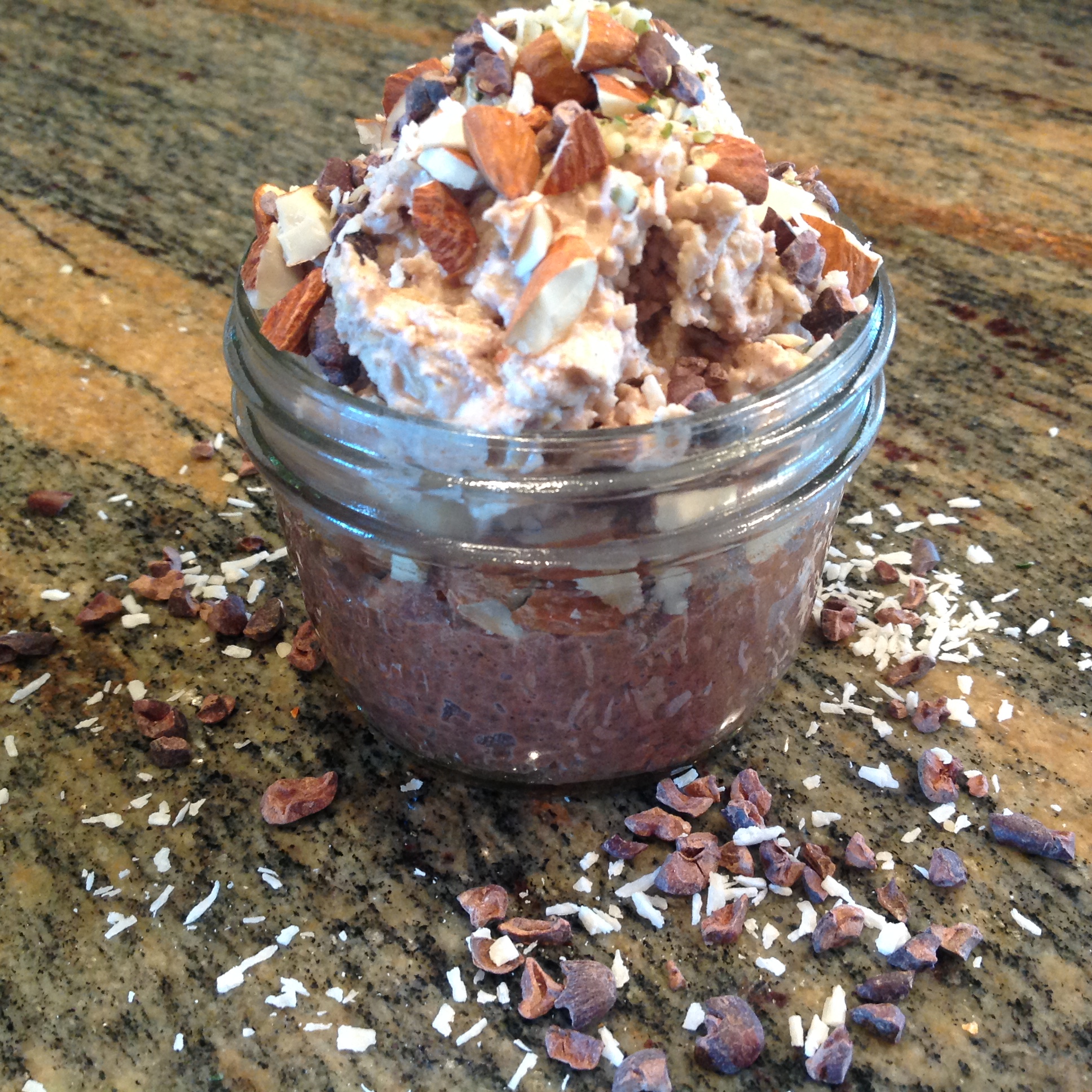
Chia Recipes:
Strawberry & Mango Chia Pudding
Lucuma & Cinnamon Overnight Oats with Mango Chia Pudding
Lucuma & Cinnamon Overnight Oats with Cacao Chia Pudding
References:
http://www.mountainroseherbs.com/learn/chiaseed.php
http://www.foxnews.com/health/2012/03/15/benefits-chia-seeds/#ixzz2CmWKuuXj
http://www.nutritionaloutlook.com/article/baking-buddies-6-9870
Conquering Cancer by Susan Gorkosky and John Lubecki, D.C.

